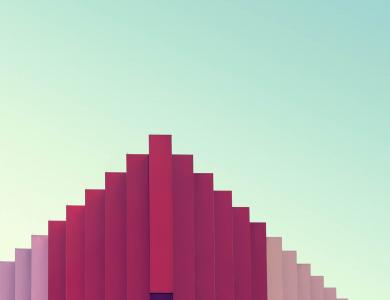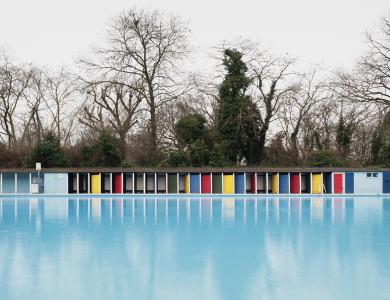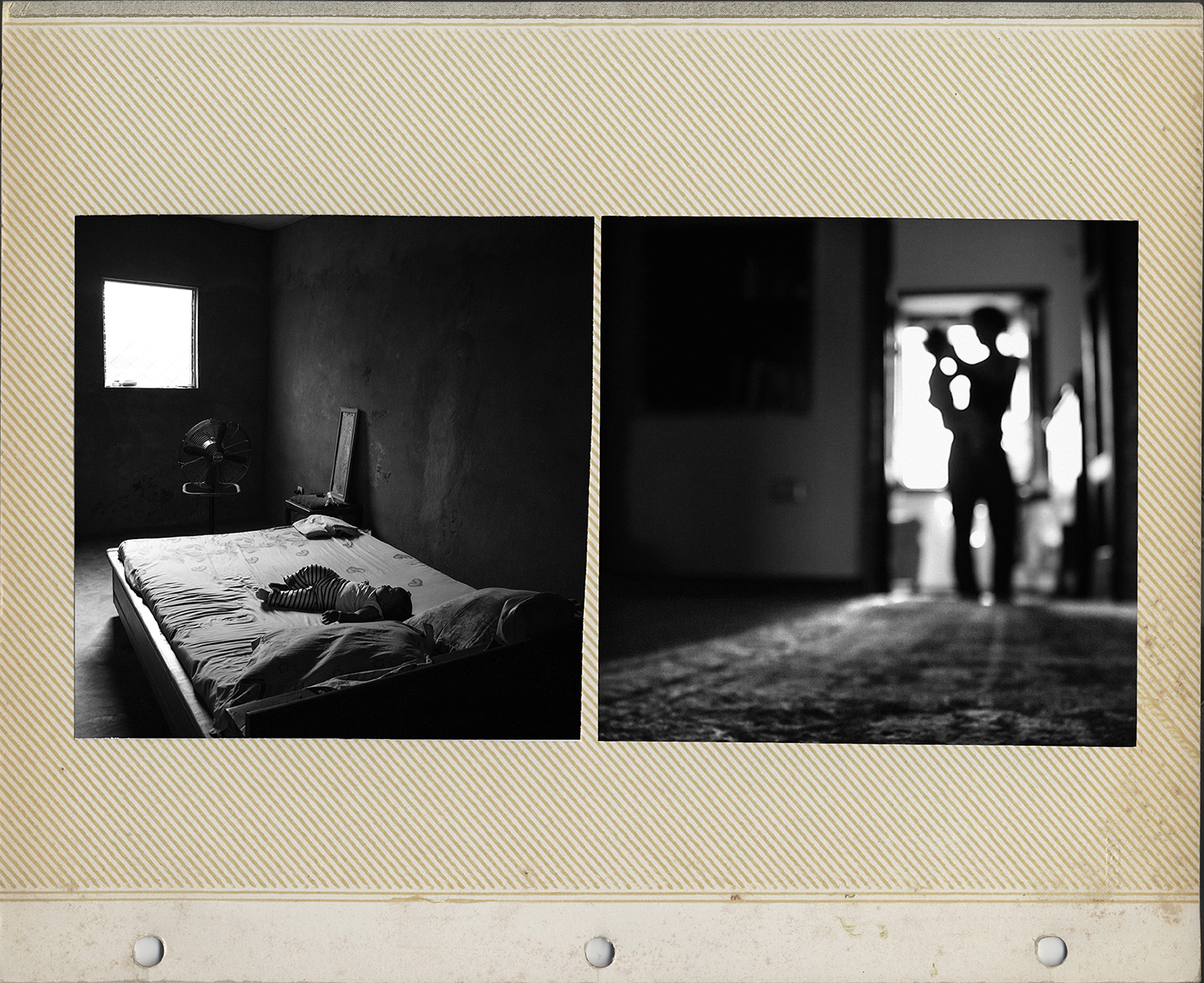
This blog is part of a series of exclusive interviews with the winners of The Fence 2016. The Fence is an large-scale outdoor photography installation exhibited in multiple major cities across the USA. Each year, photographers of all levels are invited to submit work that fits under one or more thematic categories. The Fence was conceived by United Photo Industries and Photo District News in 2011.
---
Emily Schiffer is a documentary photographer interested in the intersection between art, audience engagement, and social change. In 2005, she founded the My Viewpoint Youth Photography Initiative on the Cheyenne River Reservation in South Dakota, where she continues to teach and shoot. In 2011 she co-created See Potential, a community engagement/ public art project that installs documentary images on abandoned buildings to illustrate economic development initiatives of community leaders on the South Side of Chicago.
Hi Emily, your project ‘Album’ uses image which you have taken over the past 8 years, what made you want to reuse these image?
Eight years isn’t really that long when you’re tracking the evolution of family relationships. I'm not reusing the images because no one has seen them. Rather I'm at a point where I'm ready to share them. I’m interested in mundane and familiar moments, in exploring how our needs and expectations are met and missed, and in recording how death, birth, and all the struggles and triumphs in between impact us as inpiduals and as a family.
To create “Album," the series on the fence, I paired images based on their composition. This allowed me to make connections across time and space. The image pairings are connected by the fact that everyone depicted is a family member, and their compositions unite them. I’m interested in the relationships between images, and the narratives that emerge from their pairings.
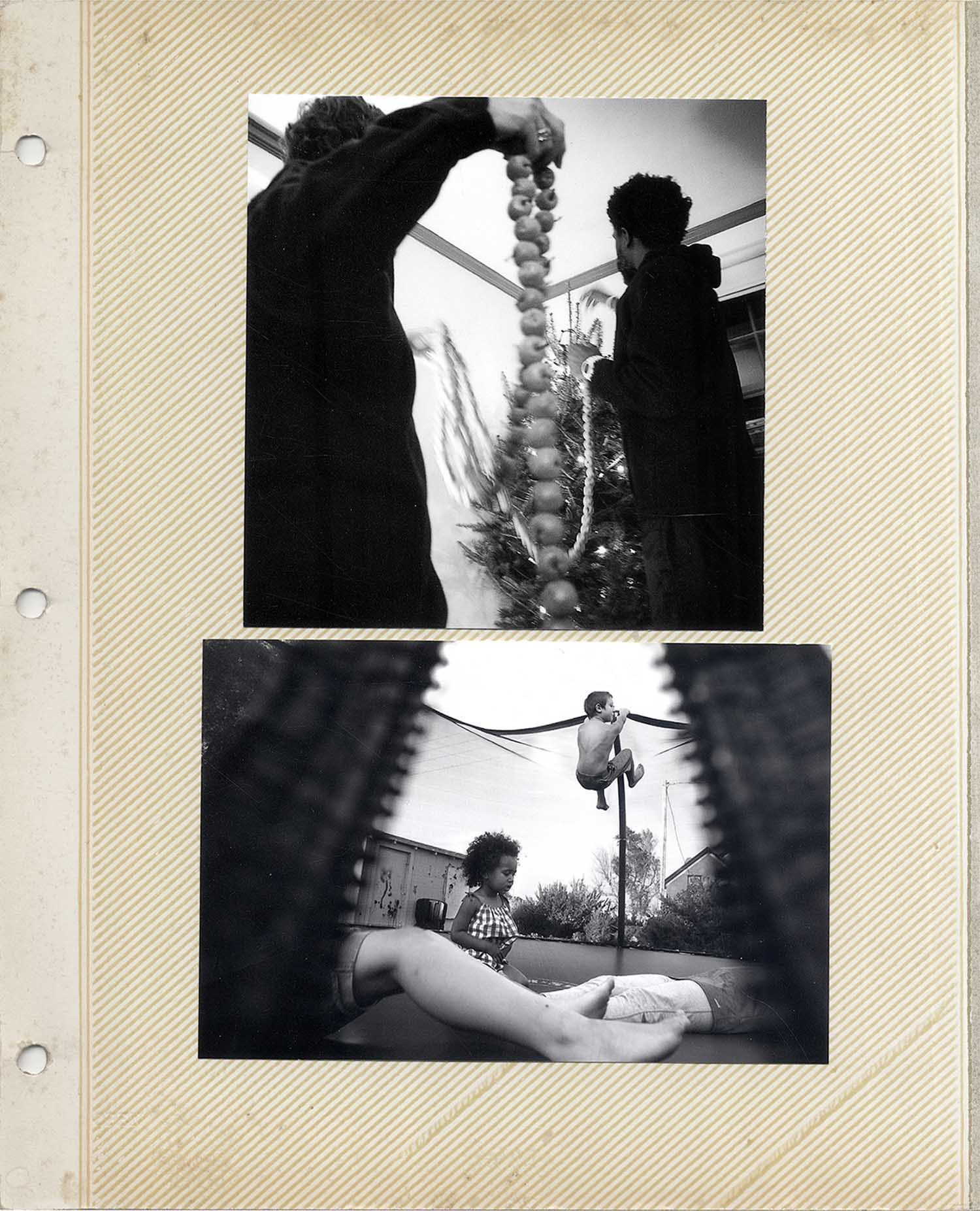
How did you decide which images to use within this project and was it hard to use private images in your projects?
I've got thousands and thousands of images of my family, so yes, it was overwhelming. But my favourite part about the "Album" series is that it's not about choosing the strongest images. It's about choosing images that go together. "Album" is about the space between what we see and what we feel, how stories can grow out of the space between images. It's about giving my images the freedom to become something else. I made small prints of hundreds of images and spread them out across the floor. I'd crawl around and stick images next to each other. If they could be connected compositionally, I kept them.
Taking these images (and making the parings) comes easily to me. But sharing them doesn’t. I’m lifting a veil, and letting people peer into my intimate world. My husband’s a writer, and he says that the hardest thing for him to do is let go of his characters, to grant readers the freedom to bring their own ideas and assumptions to the table and have them reflected. It’s harder to do that when your characters aren’t fiction--especially when they're the people you love most in the world. Ultimately my will to share is stronger than my impulse to protect, and I think everyone can see parts of themselves in us.
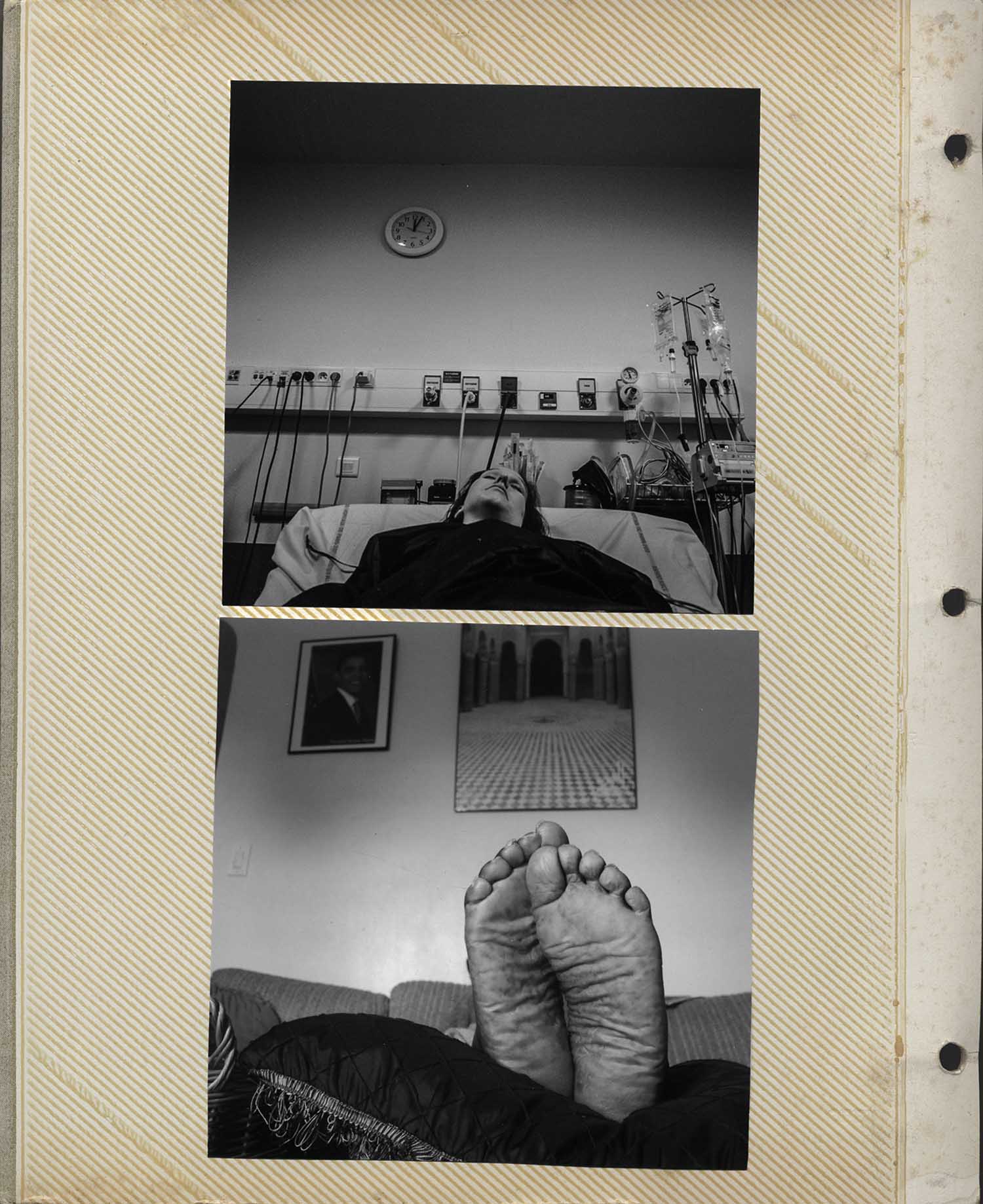
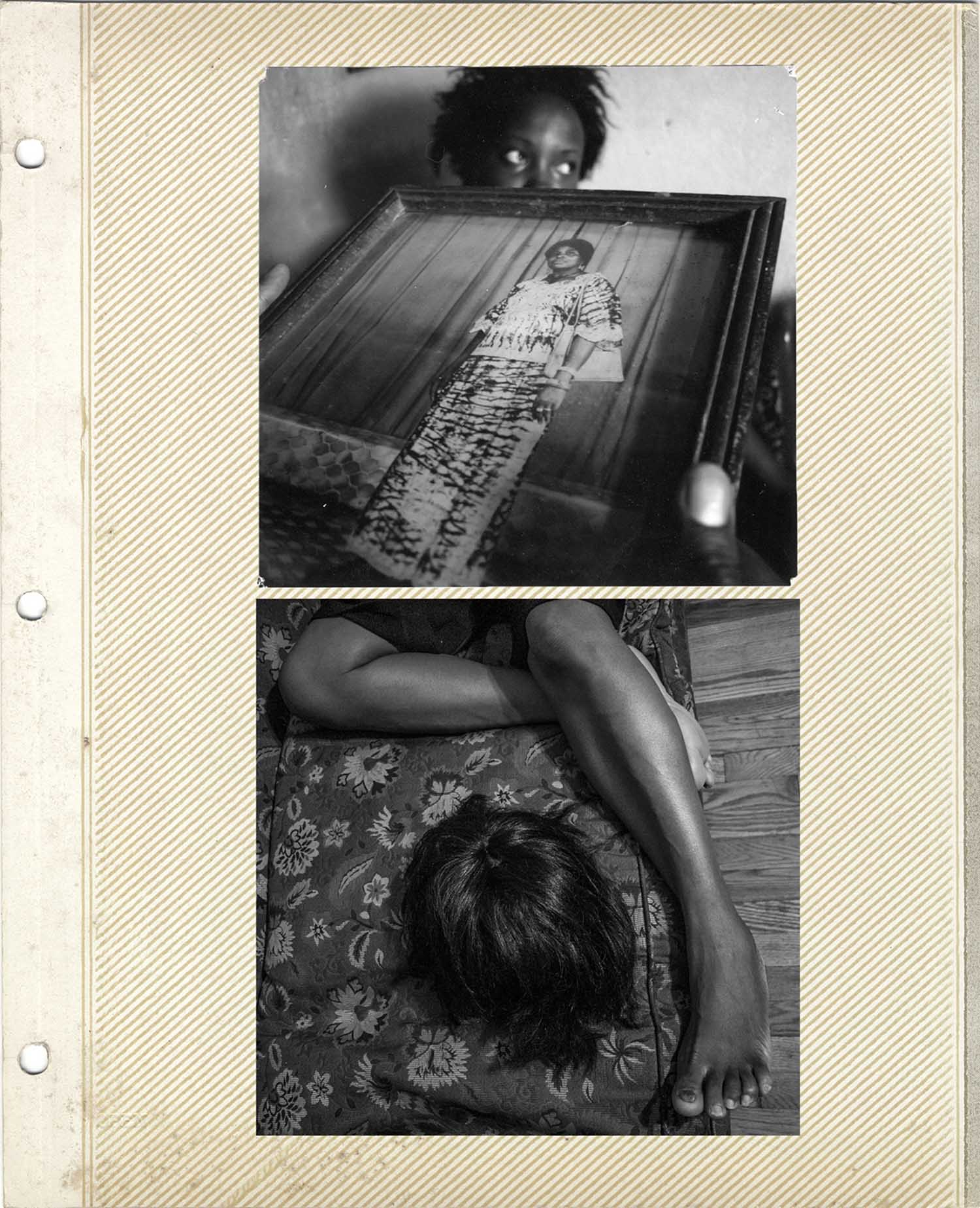
You work alot with youth photographers and community projects, how important is it to get the community creating and engaging with art? I think it's extremely important to get communities involved in telling their own stories. If we want a more expansive world view, we need to stop filtering our information through a (more often than not) white male gaze. Literature, art, movies etc are such great ways of feeling another person's reality. In order to live in a world with more empathy, we need to facilitate pathways of connection. I think journalism is important, but no matter how hard we journalists try, it's impossible to keep ourselves out of our work. We're often an unnecessary middleman. Most people can of taking extraordinary images with a little training.
You have started and been part of numerous projects, what knowledge would you give to someone wanting to start a similar project/foundation? You should always have a reciprocal relationship with the inpiduals and community you're working with. The greatest power comes out of connection and collaboration, so let your relationships with community members guide your work.
Have you noticed any changes in your photographic style over the last 8 years?
Yes, my pictures change based on what is happening in my life. In 2012, my father in-law, Daniel’s stage IV cancer diagnosis overlapped with news that I was pregnant. Losing him while becoming a parent was complex and painful. My images from that time are dark and quiet and tend to focus on the emotion of the person photographed. In the four years since my daughter's birth, my images have gradually become brighter, and my compositions center more around the action in the frame. My images have more visual layers now, they're more playful.
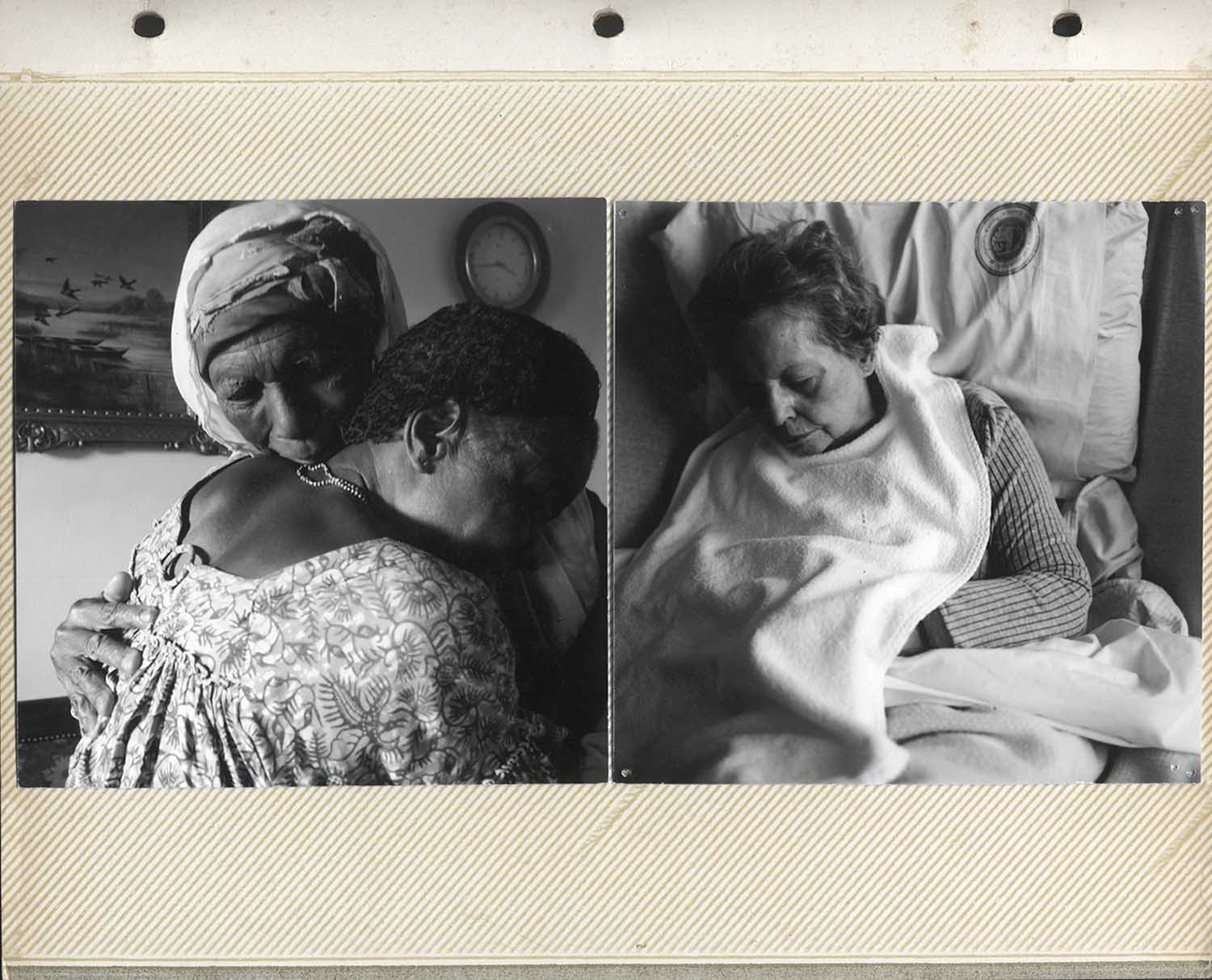
Your degrees are both in Art, but you have often used photography within your work. What do you most enjoy about this medium?
My degrees are both in art, but photography has always been my medium. I chose art programs at large research universities because I think photography naturally overlaps with other disciplines, and I most often source my inspiration from non-photo places. My favourite thing about photography is that it enables me to search for something that's right beyond my reach. That search is invigorating.
Do you have a photographic philosophy?
Yes. Seeing is fun. One day I'll make a t-shirt.

Where in the world are you? What’s next for you?
I'm currently living in New Jersey, expanding my family project with new images and sculptures. Next month I'll be going out to the Dakotas to collaborate with adult artists and my now-grown-up students from the Cheyenne River Reservation on a project about the Dakota Access Pipeline. I'm also shooting a portrait project about Brooklyn's history, and teaching at NYC SALT in Manhattan.
emilyschiffer.com
instagram.com/emilyschiffer
fence.photoville.com


